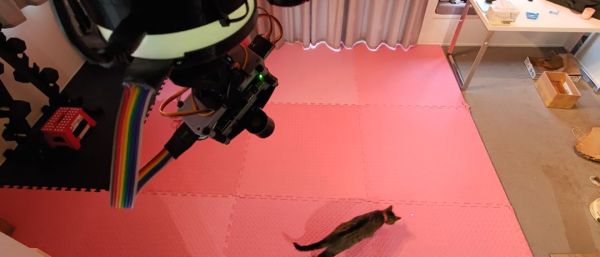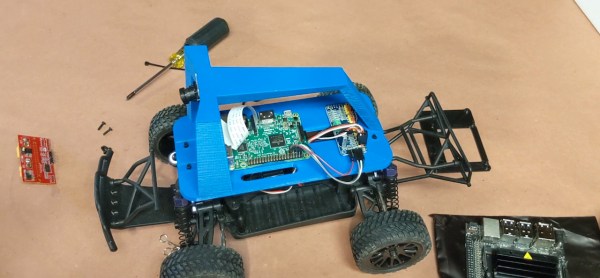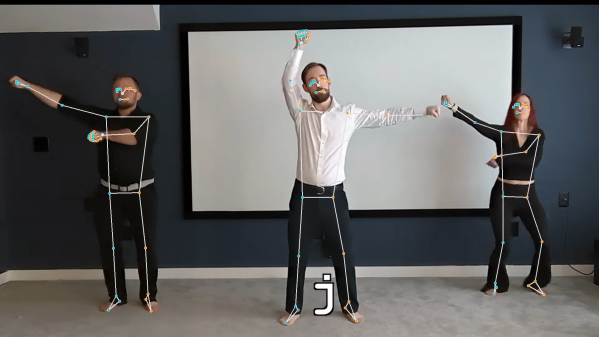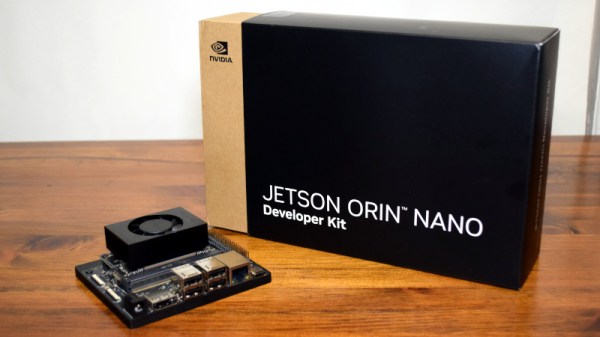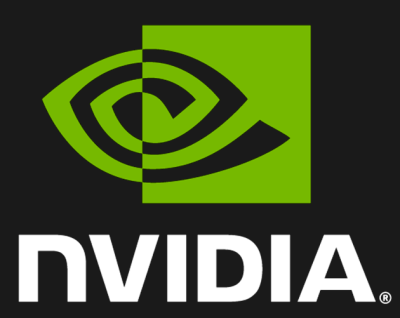Most of us would agree that kittens are very cute, but require lots of attention in return. What would you do if you adopted three abandoned cats but didn’t have all day to play with them? [Hoani Bryson] solved his problem by building LazerPaw — an autonomous, safe way to let your cats chase lasers.
Having recently tinkered with computer vision in the form of OpenCV, [Hoani] decided he would make a laser turret for his cats to play with. An infrared camera, used so that the LazerPaw works in the dark, is mounted to the laser and the Raspberry Pi. These electronics are then mounted on a servo-based pan/tilt module, which is in turn mounted with two smartphone clamps to the ceiling. That way, when the cats chase the laser, they will be looking away from the beam source. Additionally, if the device is aiming directly at a cat, the laser is turned off. Finally, [Hoani] added some NeoPixels with an Arduino-based controller for extra hacker vibes.
The LazerPaw’s software takes in a 30 FPS stream from a webcam, scales it down for performance, and applies a threshold filter to it. When a black pixel, which is assumed to be a cat, is detected, it “pushes” the camera away from it depending on how close to the laser it is. The effect of this is that every time a cat catches up to the laser, it moves away again. The processed images are also sent to an interactive website for remote cat playtime. Finally, there is also a physical start button so you don’t need WiFi to use it.
Is your cat more of a sunbather than a deadly murder beast? Maybe it’ll like this cat chair that follows the sun.
Continue reading “Entertain Your Cats Automatically With LazerPaw”

